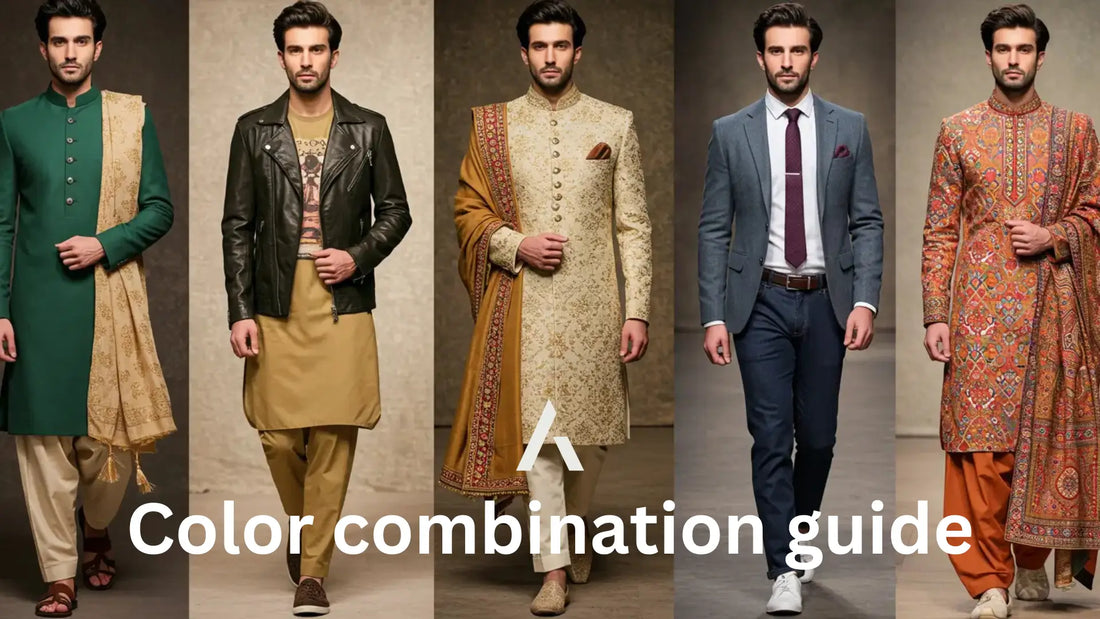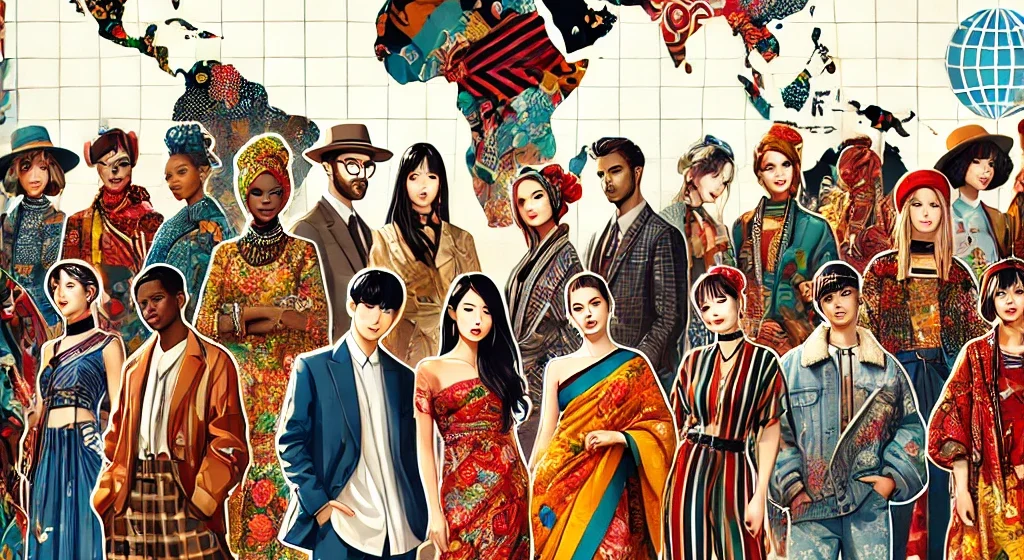Global Fashion Finds for Every Style
Fashion is a universal language that transcends borders and cultures. In a world more connected than ever, styles from every corner of the globe are influencing how we dress, express ourselves, and shape our identities. Whether you’re seeking bohemian flair from the streets of Marrakech, minimalistic elegance from Scandinavian capitals, or bold, vibrant prints from African textiles, global fashion offers a rich tapestry of inspiration.

Why Global Fashion Matters
Global fashion does more than adorn us — it tells stories of heritage, identity, and artistry. As travelers, fashion enthusiasts, or conscious shoppers, understanding the roots of our clothing fosters appreciation and cultural respect. Additionally, supporting international designers and artisans encourages the preservation of traditional crafts while embracing innovative interpretations.
Beyond personal style, global fashion has become a platform for cultural exchange. It provides a way to connect with communities, understand different worldviews, and appreciate the history and symbolism behind each piece. Wearing a kimono-inspired jacket or an Ankara print skirt is more than a fashion statement — it’s an opportunity to celebrate and acknowledge the beauty of cultural diversity.
Embracing Diversity Through Style
The beauty of global fashion lies in its diversity. Each culture has a distinctive style narrative:
- Asia: From the intricate embroidery of Indian sarees to the structured, avant-garde designs from Tokyo, Asian fashion balances tradition and modernity. Korean streetwear, for example, has influenced global pop culture with its innovative blend of hip-hop and high fashion.
- Africa: Bold prints, symbolic patterns, and rich colors define African fashion, showcasing the continent’s history and diverse cultural expressions. West African wax prints and East African kanga fabrics each hold unique cultural meanings.
- Europe: The blend of timeless elegance from Parisian fashion houses and streetwear from London offers a dynamic contrast of sophistication and rebellion. Italian tailoring, known for its craftsmanship and luxury, also remains influential.
- South America: The vibrant, colorful textiles of Peru and Brazil’s casual beachwear mirror the continent’s lively, expressive spirit. Andean textiles carry centuries of tradition, often woven with natural fibers and symbolic motifs.
The Rise of Ethical and Sustainable Global Fashion
Amid rising concerns about fast fashion’s environmental impact, a growing interest in sustainable, ethical global fashion has emerged. Brands are prioritizing fair trade, ethical sourcing, and sustainable materials, ensuring that the beauty of cultural attire does not come at a high environmental cost.
More designers are collaborating with indigenous communities to produce garments that are not only stylish but also culturally respectful. This approach ensures that artisans receive fair compensation and recognition for their work, helping preserve traditional techniques for future generations.

How to Incorporate Global Fashion Into Your Wardrobe
- Accessorize with Purpose: Opt for handmade jewelry, scarves, or bags that reflect cultural craftsmanship. These pieces not only add flair to your outfit but also tell a story.
- Mix and Match: Blend traditional patterns with contemporary pieces for a modern, eclectic look. For example, pair a Maasai beaded necklace with a tailored blazer or a Mexican huipil blouse with denim jeans.
- Support Artisans: Purchase directly from artisans or ethical brands to ensure fair compensation. Many online platforms now connect consumers with global artisans, making it easier to shop ethically.
- Learn the Story: Understand the heritage behind the pieces you wear, fostering appreciation and deeper connections. Knowing the cultural significance of a textile or symbol adds more value to your wardrobe.
Where to Find Global Fashion Treasures
Exploring local markets while traveling, browsing ethical online platforms, and attending cultural festivals can expose you to authentic, diverse fashion pieces. Brands like Maya Traditions, Dôen, and Brother Vellies are dedicated to preserving traditional crafts while celebrating cultural narratives.
Online marketplaces like Etsy and NOVICA feature artisans from around the world, offering handcrafted items that support local economies. For fashion enthusiasts who want to explore curated collections, platforms like Accompany and The Folklore offer ethically sourced, globally inspired apparel.
Conclusion: Fashion Without Borders
Global fashion is not just a trend; it’s a testament to the world’s interconnectedness. By embracing diverse styles, we celebrate the artistry, heritage, and stories woven into each fabric. Whether you’re exploring your style identity or supporting cultural artisans, global fashion opens a world of endless inspiration and creativity. When done mindfully, it becomes a practice of cultural appreciation rather than appropriation, respecting the origins and narratives behind every piece.


Leave a Reply